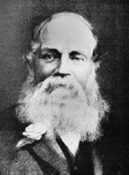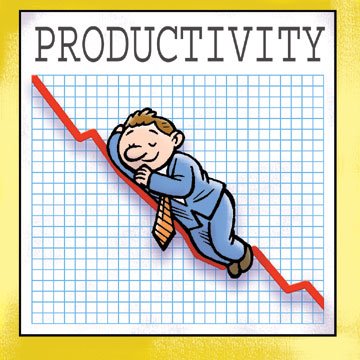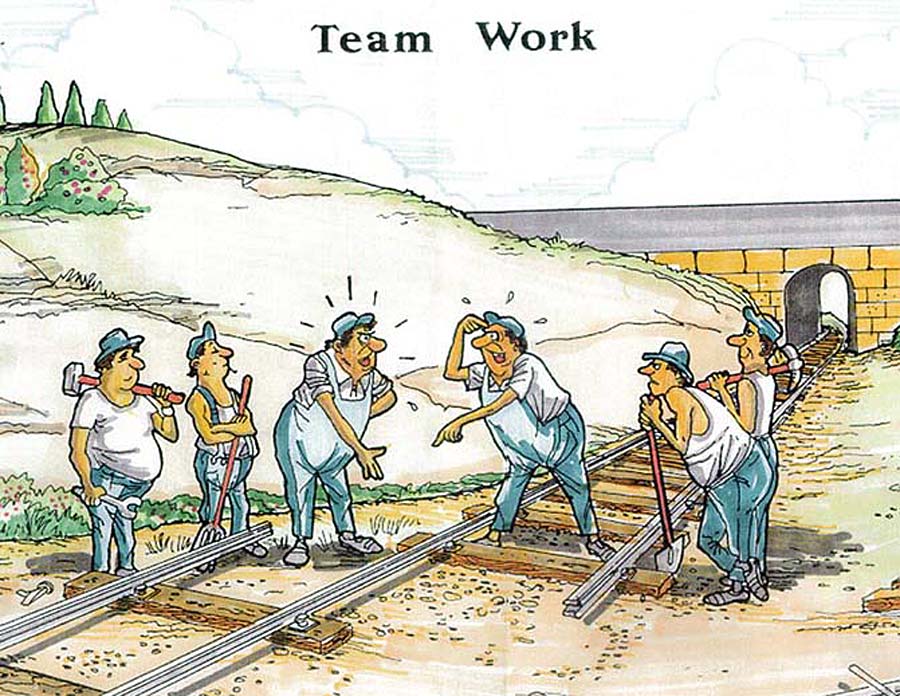Introduction:
Deloitte Touche Tohmatsu Limited, commonly referred to as
Deloitte, is one of the Big Four professional services firms along with
PricewaterhouseCoopers (PwC), Ernst & Young, and KPMG. Deloitte is the
second largest professional services network in the world by revenue and has
182,000 employees in more than 150 countries providing audit, tax, consulting,
enterprise risk and financial advisory services. In FY 2011, Deloitte earned a
record $28.8 billion USD in revenues, ranking second behind PwC's record $29.2
billion. In 2012, it is reported that in the U.K. Deloitte has the largest
number of clients amongst FTSE 250 companies. Its global headquarters is
located in New York City, United States.
Vision:
To be the Standard of Excellence.
History:
 1845: William Welch Deloitte opened an office in Basinghall
Street in London. Deloitte was the first person to be appointed an independent
auditor of a public company. He went on to open an office in New York in 1880.
1845: William Welch Deloitte opened an office in Basinghall
Street in London. Deloitte was the first person to be appointed an independent
auditor of a public company. He went on to open an office in New York in 1880.
1896: Charles Waldo Haskins and Elijah Watt Sells formed
Haskins & Sells in New York.
1898: George Touche established an office in London and then
in 1900 joined John Ballantine Niven in establishing the firm of Touche Niven
in the Johnston Building at 30 Broad Street in New York. At the time, there
were fewer than 500 CPAs practicing in the United States, but the new era of
income taxes was soon to generate enormous demand for accounting professionals.
On March 1, 1933, Colonel Arthur Hazelton Carter, President
of the New York State Society of Certified Public Accountants and Managing
Partner of Haskins & Sells, testified before the U.S. Senate Committee on
Banking and Currency. Carter helped convince Congress that independent audits
should be mandatory for public companies.
In 1947, Detroit accountant George Bailey, then president of
the American Institute of Certified Public Accountants, launched his own
organization. The new entity enjoyed such a positive start that in less than a
year, the partners merged with Touche Niven and A.R. Smart to form Touche,
Niven, Bailey & Smart. Headed by Bailey, the organization grew rapidly, in
part by creating a dedicated management consulting function. It also forged
closer links with organizations established by the co-founder of Touche Niven,
George Touche: the Canadian organization Ross and the British organization
George A. Touche. In 1960, the firm was renamed Touche, Ross, Bailey &
Smart, becoming Touche Ross in 1969.
Mergers:
In 1952 Deloitte merged with Haskins & Sells to form
Deloitte, Haskins & Sells. In 1968 Nobuzo Tohmatsu formed Tohmatsu Awoki
& Co, a firm based in Japan that was to become part of the Touche Ross
network in 1975. In 1972 Robert Trueblood, Chairman of Touche Ross, led the
committee responsible for recommending the establishment of the Financial
Accounting Standards Board. He led the expansion of Touche Ross in that era.
In 1982, David Moxley and W. Grant Gregory became the
leaders at Touche Ross. In 1985, Edward A. Kangas, a management consultant, was
appointed managing partner of Touche Ross. In 1984, J. Michael Cook became
managing partner of Deloitte, Haskins & Sells.
In 1989 Deloitte Haskins & Sells in the USA merged with
Touche Ross in the USA to form Deloitte & Touche. The merged firm was led
jointly by J. Michael Cook and Edward A. Kangas. Led by the UK partnership, a
smaller number of Deloitte Haskins & Sells member firms rejected the merger
with Touche Ross and shortly thereafter merged with Coopers & Lybrand to
form Coopers & Lybrand Deloitte (later to merge with Price Waterhouse to
become PwC). Some member firms of Touche Ross also rejected the merger with
Deloitte Haskins & Sells and merged with other firms.
Services Offered:
1. Audit and Enterprise Risk Services:
·
Financial
Statement and Internal Control Audit
·
Finance
Operations and Controls Transformation
·
Financial
Accounting and Reporting Services
·
Internal
Audit Transformation
·
Mergers
and Acquisitions Services
·
Security
& Privacy
2. Consulting:
·
Strategy
& Operations
·
Technology
3. Financial Advisory:
·
Anti-money
Laundering Consulting
·
Business
Intelligence Services
·
Business
Valuation
·
Capital
Projects Consulting
·
Real
Estate Consulting
4. Tax:
·
Financial
Accounting & Reporting-Income Taxes
·
Global
Employer Services
·
Private
Client Advisors
·
Transfer
Pricing
Structural Organization:
For many years, the organization
and its network of member firms were legally organized as a Swiss Verein. As of 31 July 2010,
members of the Verein became part of Deloitte Touche Tohmatsu (DTTL), a UK private
company, limited by guarantee. Each member firm within its global network
remains a separate and independent legal entity, subject to the laws and professional regulations of the particular country or countries
in which it operates.
This structure is similar to
other professional services
networks which seek to limit
vicarious liability for acts of other members. As separate and legal entities,
member firms and DTTL cannot obligate each other. Professional services
continue to be provided by member firms only and not DTTL. With this structure,
the members should not be liable for the negligence of other independent
members.
Deloitte fiscal year 2011 regional and
function revenue breakdown (aggregate)
|
Region
|
$billions
|
USD Growth
|
Local Growth
|
% of Revenue
|
|
Americas
|
14.3
|
10.4%
|
9.3%
|
49.7%
|
|
Asia Pacific
|
4.2
|
15.8%
|
8.5%
|
14.6%
|
|
EMEA
|
10.3
|
3.2%
|
5.2%
|
35.6%
|
|
Total
|
28.8
|
8.4%
|
7.7%
|
100.0%
|



